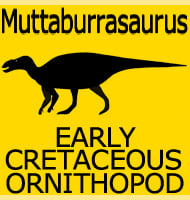Spinops
In Depth The holotype specimen of Spinops was first discovered in 1916 by Charles H. and Levi Sternberg. However when the material was sent to the London Natural History Museum (the institution that financed the dig) the keeper of Geology, one Arthur Smith Woodward (today best remembered for declaring the ‘Piltdown Man’ as a genuine … Read more
